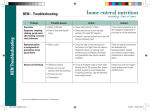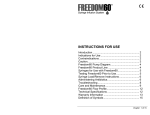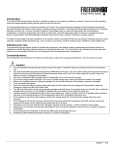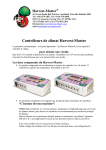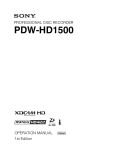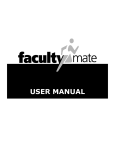Transcript
Feeding Tubes – Troubleshooting Problem Action •Balloon has deflated or burst •Tube pulled out •Tube caught •Excessive force •Severe vomiting •Severe coughing Have tube replaced as soon as possible •Children <12: within 45 minutes •Adults: within 2 hours Insert a same size Foley’s catheter or original tube (wash well with soap and water). Tape the tube to the skin to stop the tube moving further into the stomach. Do not give formula, water or medications until a new feeding tube is inserted. •Seek medical advice Tube blockage •Feeding tube bent or kinked. •Infrequent flushing of tube. •Medications not crushed properly •Medication and formula incompatible •Reflux of gastric contents into the tube •Pureed food given through the tube. •Check the tube for kinks •Use a gentle push and pull action with a 50ml syringe or as directed to dislodge blockage. Infants: 5 – 10mls warm water Children <12yrs: 10 – 20mls warm water Adults: 20 – 30 mls warm water This may take 30 minutes •Gently massage tube between your fingers. •Other (please specify) Contact your nutrition support health professional or seek medical advice if you cannot unblock the tube. OR Phone: Leakage from around the tube insertion site causing skin irritation, soreness, and redness. •Many causes. The cause of the leakage and the discharge need to be identified first. •Ensure the balloon inflation is adequate. •Wash around tube with warm soapy water, rinse and dry the area three times per day until the irritation, redness is improved. •The skin around the tube may need to have a protective dressing or ointment applied. Contact your nutrition support health professional. Contact your nutrition support health professional or seek medical advice if leaking continues Accidental removal of tube DO NOT PANIC Contact Feeding Tubes – Troubleshooting Possible Causes Reorder Code 10108301 Home Enteral Feeding – Tubes – Care and Management HEN Cards Aug2007.indd 10 31/8/07 10:56:42 AM

